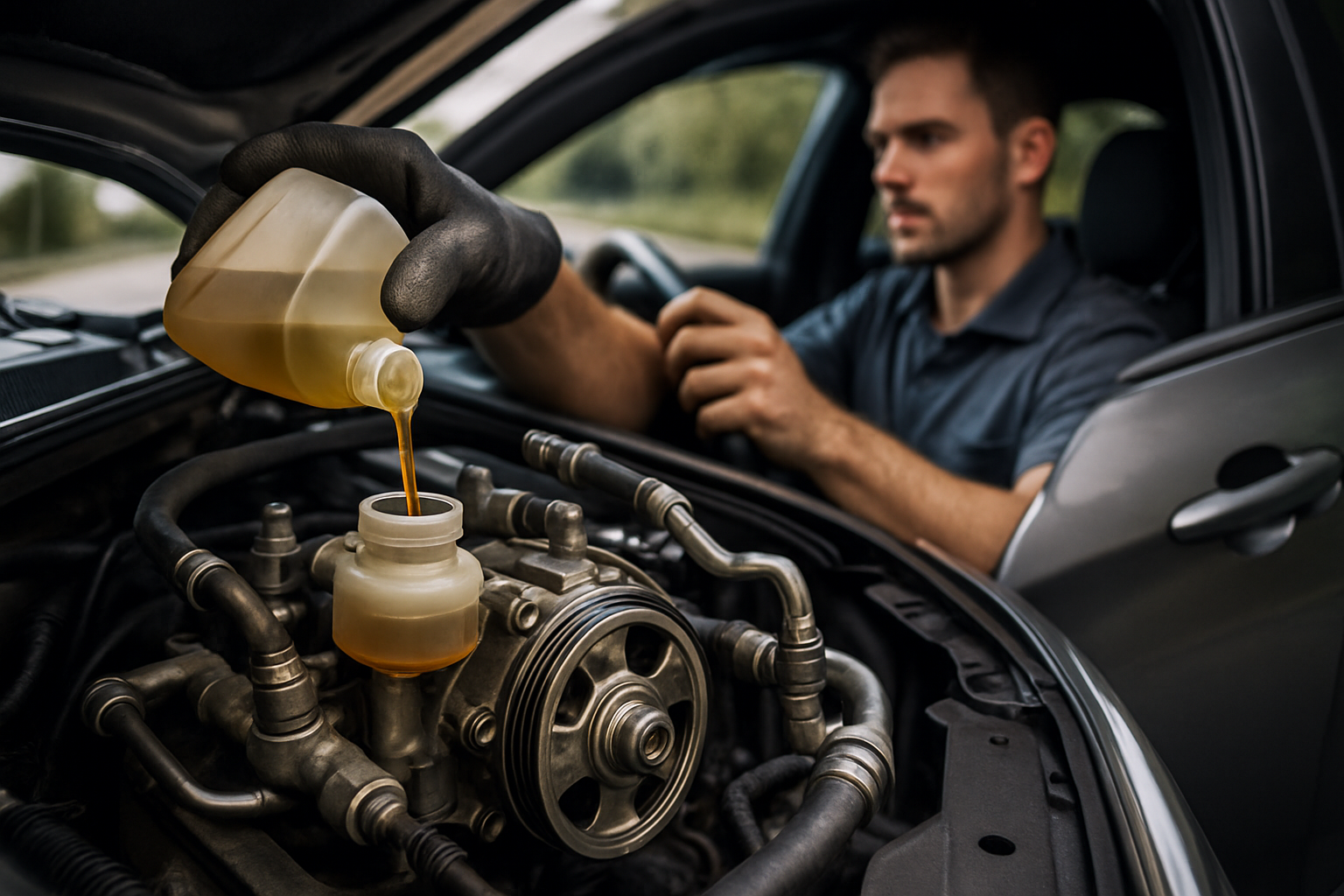Understanding Maintenance Intervals and Manufacturer Recommendations
Clear manufacturer guidance helps owners plan inspections, maintenance, and paperwork. This article explains intervals for regular service, effects on fuel and efficiency, and the role of diagnostics, software, and electrification in preserving vehicle safety and emissions compliance.

Vehicles require scheduled attention to remain reliable, safe, and compliant with emissions and warranty terms. Manufacturer recommendations set baseline intervals for inspections, fluid changes, and component replacement, but individual usage, driving conditions, and modifications can change when service is needed. Understanding how to interpret interval charts, combine services, and track paperwork can reduce unexpected downtime while supporting fuel efficiency and long-term value.
What are recommended maintenance intervals?
Manufacturer-recommended maintenance intervals are typically listed in the owner’s manual and service booklet and may be expressed in miles/kilometers and time (for example, every 12 months or 12,000 miles). These schedules cover routine tasks such as oil and filter changes, fluid checks, spark plug replacement, and scheduled inspections of belts, hoses, and the braking system. Intervals are engineered around typical use but can be shortened for severe conditions such as frequent towing, extensive idling, or dusty environments. Keep accurate records and service receipts as part of required paperwork to support warranty claims and to track compliance with inspections.
How does maintenance affect fuel and efficiency?
Regular maintenance preserves fuel economy by ensuring the engine, fuel system, and related sensors operate correctly. Clean air filters, properly gapped spark plugs, correct tire pressures, and timely fuel-system cleaning can reduce wasted fuel. Diagnostics and software updates may also recalibrate engine controls and emissions systems to optimize efficiency. Neglected maintenance can cause higher fuel consumption and increased emissions; conversely, adherence to intervals helps maintain factory fuel-economy targets and reduces the likelihood of costly repairs that hurt efficiency.
What changes with electrification and range considerations?
Electrified vehicles follow different maintenance patterns compared with internal combustion engines. Battery systems, electric motors, and regenerative braking reduce certain wear points, but they introduce new priorities: battery health monitoring, cooling-system checks, and software updates that can affect range. Manufacturer guidance often focuses on battery state-of-health diagnostics, charging best practices, and scheduled inspections of high-voltage components. For range management, maintaining correct tire pressure, limiting high-power driving when possible, and keeping software current all contribute to predictable range and overall vehicle performance.
How should braking and tires be inspected?
Braking systems and tires demand routine inspection because they directly affect safety. Brake-pad thickness, rotor condition, fluid level and age, and the presence of unusual noises or pedal feel are common checklist items during scheduled service. Tires should be checked for tread depth, uneven wear patterns, damage, and pressure; rotation schedules help extend tire life and preserve handling. Diagnostics tools can detect ABS faults or electronic braking issues, and software updates can address brake-control enhancements introduced by the manufacturer. Document inspections and any replacements in your paperwork for resale or insurance records.
What paperwork, diagnostics, and software updates matter?
Maintaining clear paperwork—service records, inspection certificates, and receipts—supports warranty coverage, financing conditions, and insurance claims. Modern vehicles depend on on-board diagnostics (OBD) and manufacturer software to report faults and optimize systems; routine scanning during service can catch faults early. Software updates delivered by dealerships or over-the-air (OTA) channels can improve drivability, address recalls, or refine emissions performance. Follow manufacturer guidance about authorized service centers for warranty compliance and ensure that diagnostic reports are attached to maintenance records.
How do financing, insurance, and emissions relate to maintenance?
Lenders and insurers often expect vehicles to be maintained according to manufacturer schedules as part of financing or coverage terms; missed maintenance could complicate claims or lease-end assessments. Emissions-related maintenance—such as catalytic converter health, EGR system checks, and evaporative-emission system inspections—helps vehicles meet regulatory standards and can prevent failed inspections. While financing and insurance are external considerations, consistent maintenance reduces risk of breakdowns and claims. Keep insurers and financiers informed of major repairs or modifications when required by policy or contract.
Regular, documented maintenance aligned with manufacturer recommendations supports safety, fuel efficiency, and regulatory compliance. Whether your vehicle is conventional, hybrid, or electric, integrating inspections, diagnostics, and software updates into a service routine preserves range, braking performance, and overall reliability. Treat manufacturer intervals as a baseline: adapt them to your driving patterns, record all work and paperwork, and use diagnostic information to make informed choices about repair timing and parts replacement.





